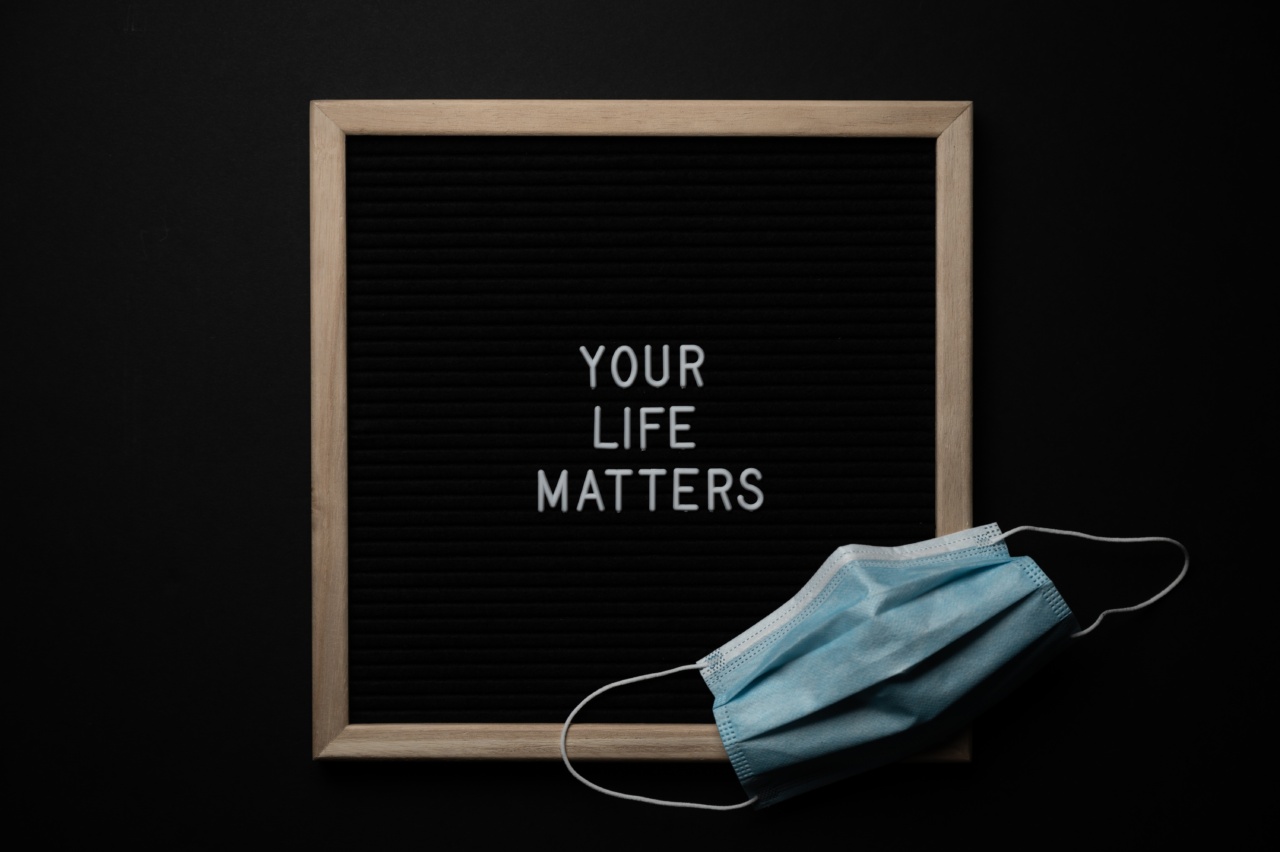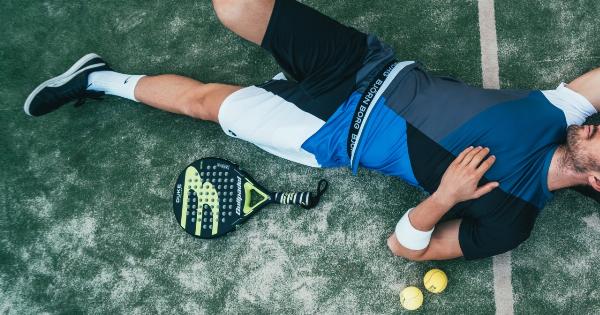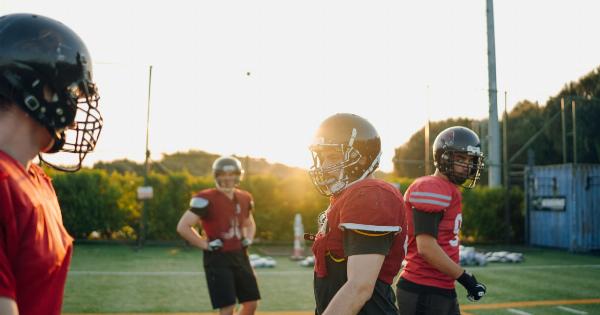Breaking your nose can be a painful experience that requires immediate medical attention. In some cases, nose breaks can occur due to physical trauma, while in other cases, the nose can break due to genetics or underlying medical conditions.
Common Causes of Nose Breaks
Nose breaks can occur due to a variety of reasons. Some of the most common causes of nose breaks include:.
- Physical Trauma: Nose breaks can occur due to physical trauma, such as a direct blow to the nose or a hard fall on the face. These types of accidents can cause the nose to break, leading to pain, bleeding, and swelling.
- Sports Injuries: Certain sports, such as boxing, football, and basketball, can increase your risk of nose breaks due to the physical nature of the activity.
- Car Accidents: Car accidents can cause your face to slam into the dashboard or steering wheel, leading to nose breaks.
- Genetics: Some people may be at a higher risk of nose breaks due to their genetics. If you have a family history of nose breaks, you may be more likely to experience one yourself.
Signs and Symptoms of a Nose Break
If you experience any of the following signs or symptoms, you may have a broken nose:.
- Swelling and Bruising around the Nose and Eyes
- Nosebleeds
- Pain or Tenderness in the Nose
- Difficulty Breathing through the Nose
- A Crooked or Misshapen Nose
- A Crunching or Cracking Sound when the Nose is Moved
Diagnosing a Nose Break
If you believe you may have a nose break, it’s important to see a doctor right away. Your doctor can perform a physical exam to check for swelling, tenderness, and deformities in the nose.
They may also order an X-ray or CT scan to determine the severity of the break and any other underlying injuries.
Treatment for a Nose Break
Treatment for a nose break depends on the severity of the break. For mild to moderate breaks, your doctor may recommend conservative at-home treatments, such as:.
- Pain Relievers: Over-the-counter pain relievers like ibuprofen or acetaminophen can help reduce pain and swelling.
- Cold Compresses: Applying a cold compress, such as an ice pack wrapped in a towel, can help reduce swelling and bruising.
- Nasal Sprays: Your doctor may recommend a nasal spray to help reduce swelling and improve breathing.
- Rest and Hydration: Getting plenty of rest and drinking lots of fluids can help speed up the healing process.
For more serious nose breaks, surgery may be necessary to repair the broken bones or cartilage. During surgery, your doctor may use pins, plates, or screws to hold the bones and cartilage in place as they heal.
Preventing Nose Breaks
While it’s not always possible to prevent nose breaks, there are some steps you can take to reduce your risk, including:.
- Wearing Protective Gear: If you participate in contact sports, make sure to wear a helmet, mouthguard, and other protective gear to reduce your risk of nose breaks or other injuries.
- Driving Safely: Always wear a seatbelt when driving, and follow all traffic laws to reduce your risk of car accidents.
- Avoiding Physical Altercations: If possible, avoid physical altercations that could lead to nose breaks or other injuries.
- Managing Underlying Medical Conditions: If you have a medical condition, such as osteoporosis or a bleeding disorder, make sure to work with your doctor to manage your condition and reduce your risk of injury.
Conclusion
If you believe you may have a nose break, it’s important to seek medical attention right away.
While nose breaks can be painful and inconvenient, prompt treatment can help reduce your risk of long-term complications and improve your chances of a full recovery.






























